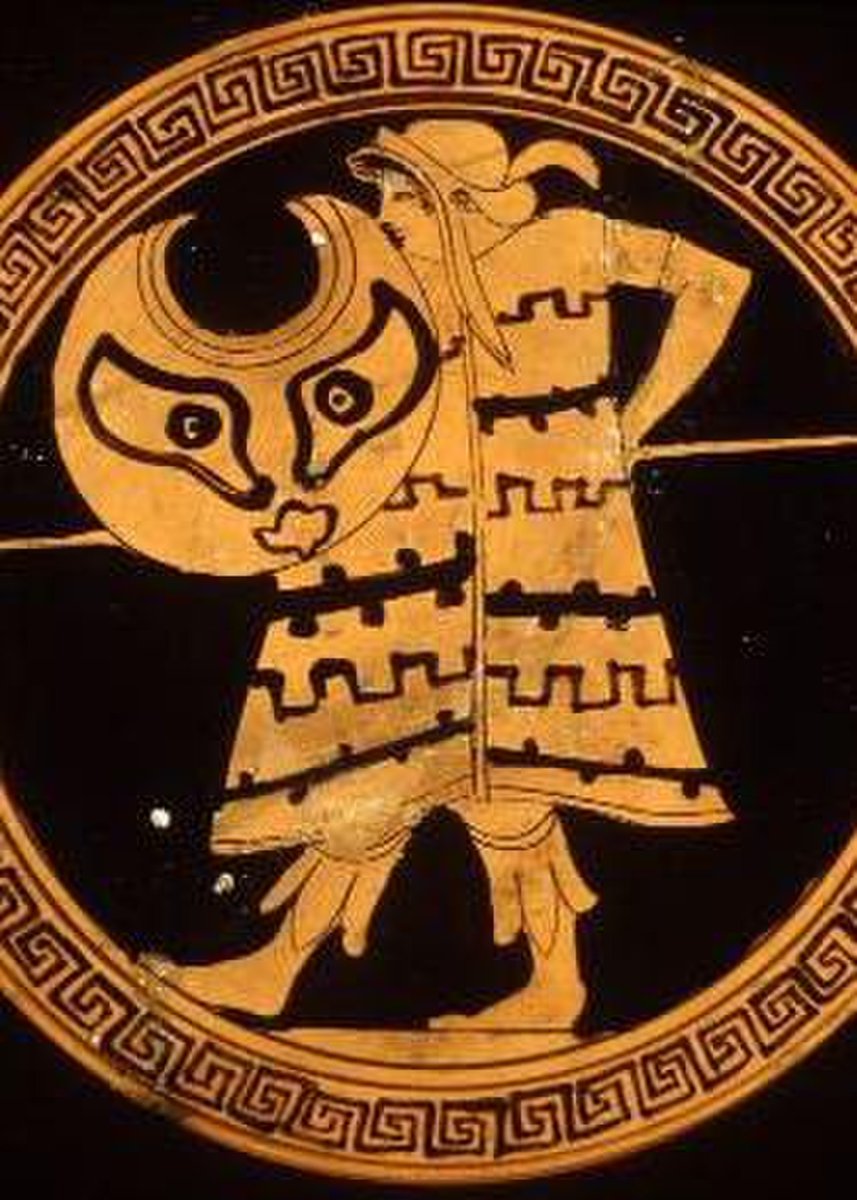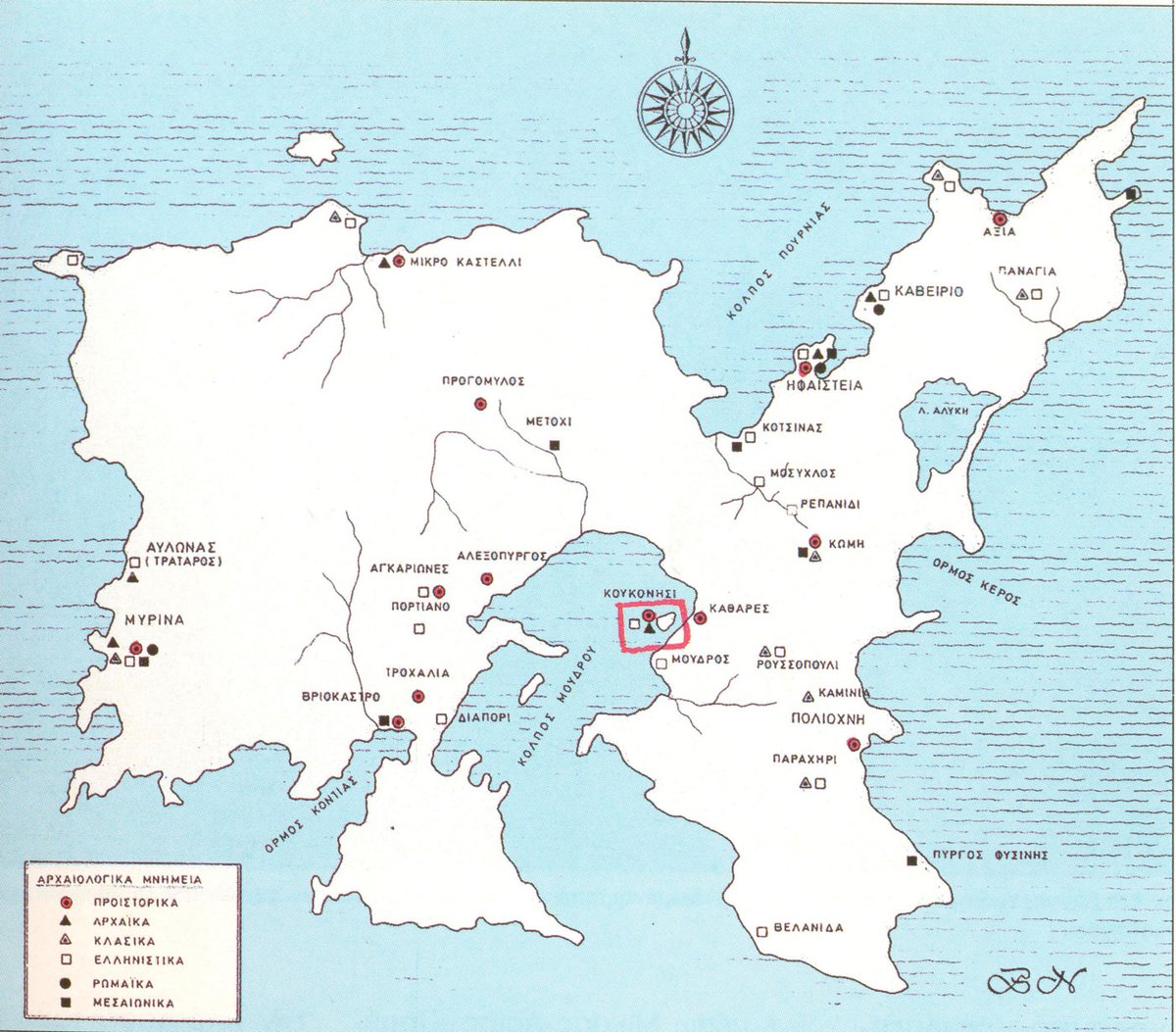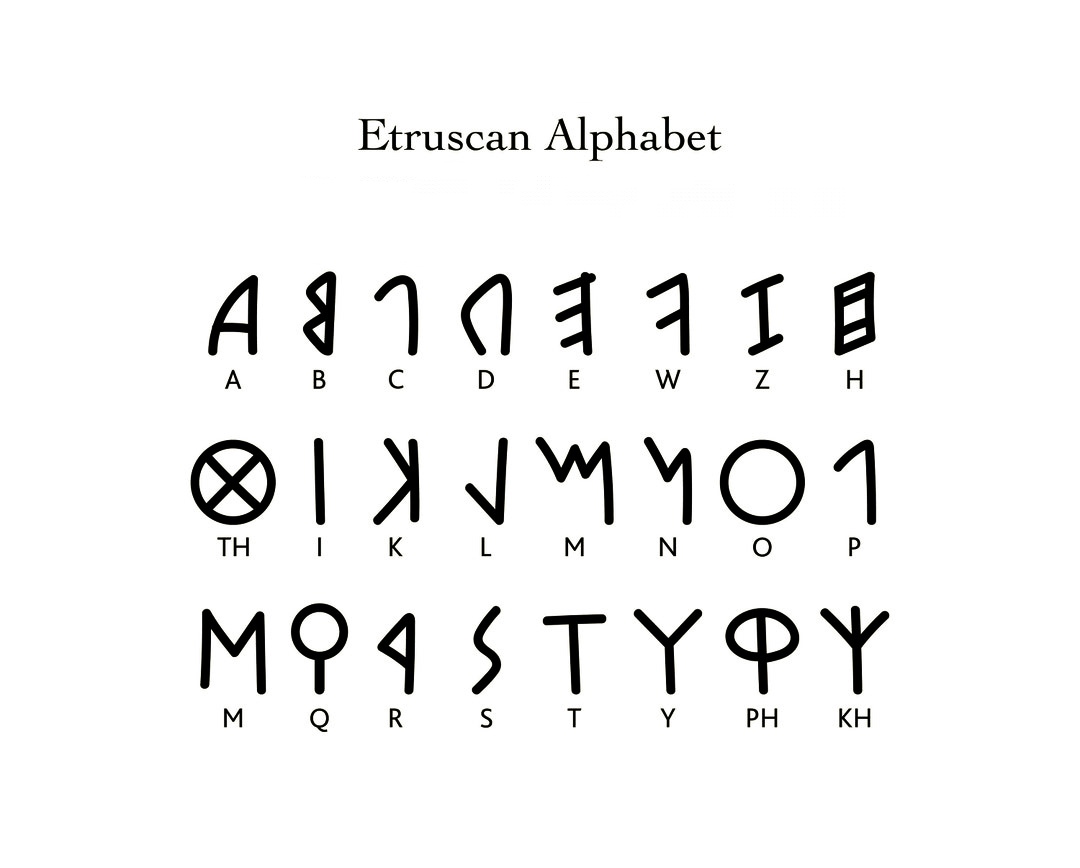
Hermahai
@hermahai
Followers
18K
Following
4K
Statuses
8K
Threads about Aegean Prehistory and Protohistory, as well as presentation of cultural parallels outside the Aegean Basin.
Επίδαυρος, Ελλάς
Joined February 2022
1/ Rhaetic, like Etruscan, are two non-Indo-European languages, which were spoken in two neighboring regions, surrounded by Indo-European Celtic and Italic languages. Together with Lemnian, they belong to the same linguistic family called Tyrrhenic. #Rhaetians
15
149
1K
@lowerscythe As I have noted several times, Homer's Troy hadn't been actually existed, but was a literary work of stitching together various myths from oral tradition. However, we could not rule out the possibility that this tradition is based on some core of real events.
0
0
0
@raphaelangellll The Basque language and the older Aquitanian probably have their origins in some ancestral language spoken by Neolithic populations of SW Europe. Some similarities have been found between Basque and ancient Iberian (eg numbers).
0
0
1
@DoubleHelix114 The Proto-Tyrsenic language dates back to at least the very early Neolithic period, and the separation of Rhaetic is believed to have occurred probably sometime until the Eneolithic period (-3000 BC).
0
1
1
@PeteFarrell14 The Etruscans are among the most interesting peoples of the ancient world because they are surrounded by two great unanswered mysteries: their non-Indo-European language among various Italic Indo-European languages, and their unknown origins.
0
0
1
@Seikilos5 The modern Rhaeto-Romance has no relation to the non-Indo-European ancient Rhaetic language. Rhaeto-Romance has Celtic and Italic origins and is a pure Indo-European language.
0
0
2
@GarryLavin The modern Rhaeto-Romance has no relation to the non-Indo-European ancient Rhaetic language. Rhaeto-Romance has Celtic and Italic origins and is a pure Indo-European language.
1
0
1
@rahleited The cradle of the Tyrrhenian language must have been the Neolithic NE Aegean. And the process of Neolithicization of Italy was a crucial chronological horizon.
1
0
2
@drGraecoroman About Lemnian language:
1/ In antiquity, the island of Lemnos had a strong distinctiveness, distinguishing it from the rest of hellenic world. The Ancient Greeks called the Lemnians by the name Sintians and characterized them as non-Greeks who spoke an incomprehensible language.
0
1
1
@Ridge_Cook The Etruscans, like the Rhaetians, were probably descended from Neolithic populations of the Aegean, who were responsible for the Neolithicization of Europe. Something similar happened with the Basques. See the following thread:
1/ The Etruscans showed a strong cultural influence from the early Greek civilization with more important loans the use of the Euboean alphabet and the adoption of many elements of Greek mythology (the presence of figures from the heroic circle makes a particular impression).
0
1
0
@TheLove_Warrior In the early 6th century BC, the Phocaean colony of Alalia was converted into an Etruscan settlement and a strong military force of Tarquinians was sent. The Etruscans had also expanded into Campania and had founded the city of Campeva.
1
1
10
@ouzo71 Read this:
1/ In antiquity, the island of Lemnos had a strong distinctiveness, distinguishing it from the rest of hellenic world. The Ancient Greeks called the Lemnians by the name Sintians and characterized them as non-Greeks who spoke an incomprehensible language.
1
0
2
RT @threadreaderapp: @AndrzejAki @hermahai @UnrollHelper @AndrzejAki Hello, here is your unroll: Have a good day. 🤖
0
1
0
@ahahistory2 In my opinion, the cradle of the Proto-Tyrsenic language was the NE Aegean (Lemnos - Troad). So the movement that took place was from east to west and dated in the Neolithic era.
0
0
9
@ahahistory2 I have mentioned several times that Italic populations migrated to the Aegean during the Late Bronze Age Collapse. Specifically, the Terramare populations after the collapse of their civilization seem to have moved towards central Italy, creating a domino effect of movements.
1
1
26








